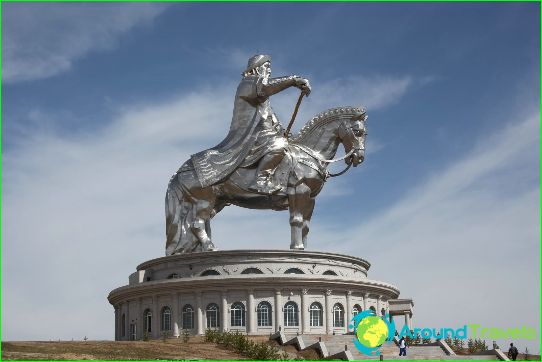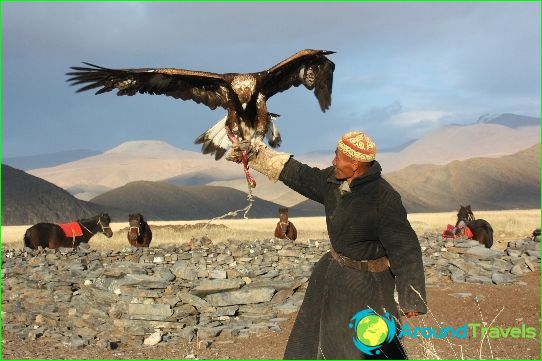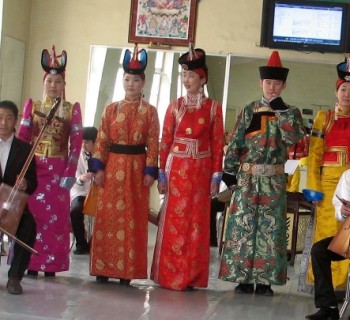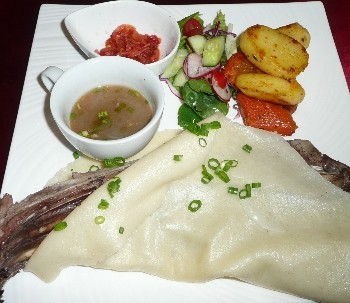Culture of Mongolia

The indigenous people of Mongolia have always been nomads. It is this fact, as well as the proximity of China and Tibet, formed the foundations of the culture of Mongolia, the main feature of which is originality and special uniqueness..
Traditions and customs
The Mongols lead a rather isolated way of life, and therefore many ancient traditions and customs have survived to this day. Residents of the country believe in omens, still give small children strange "impersonal" names and placate spirits with sacrifices in the form of a handful of rice.
Their holidays are competitions in the ability to stay in the saddle and shoot accurately from a bow, and the most important of them - the White month - is similar to the New Year and is the most family and revered.
Mongols play checkers and chess, and often organize outdoor sports with or without reason. They have a developed cult of reverence for parents and elders, and the strength of attachment to their native places forces young people to stay in their homeland or return there after receiving an education..
Even in the modern culture of Mongolia, there is a traditional yurt - a dwelling made of felt. The overwhelming majority of the country's inhabitants live in yurts even today, even in the capital. It is in the yurt that you can feel the special charm of Mongolian cuisine, the products for which are provided by their animals. Meat and milk are also not quite ordinary here: mutton and yak meat are the most popular and most accessible for the Mongols, and from dairy - mare's milk, whipped cream from camel milk or kumis.
The secret history of the Mongols
This is the name of the oldest literary monument in the culture of Mongolia - the epic of 1240, which preserved samples of poetry from more ancient times. Other examples of literature tell about Mongolian customs, tell the reader about his native land and mother.
The history and culture of Mongolia is well traced in the visual arts. For a long time, the Mongols made tanks - scrolls of silk or cotton, on which religious scenes were depicted using glue paints. The tanki technique came to Mongolia from Tibet and the works were created in accordance with Buddhist concepts and were intended for meditation..
Old Mongolian writing originated many centuries ago. Scientists consider the Chingiz stone to be an epigraphic monument, the appearance of which dates back to the beginning of the XIII century. This is the oldest example of writing "Mongol-Bichig", and the inscription on it is dedicated to the nephew of the great Genghis Khan.



